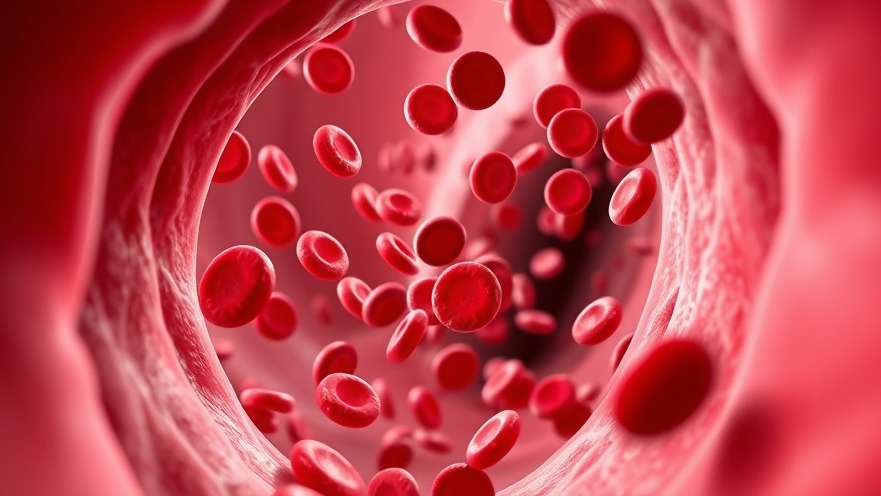
The Importance of Understanding Thalassemia Terminology
In the world of healthcare, particularly within specialized fields like thalassemia, the precise usage of medical terminology is essential. For concierge medical practice owners, equipping yourself and your staff with this knowledge not only improves patient interactions but also enhances the overall care experience. Understanding terms related to thalassemia is more than just academic; it is pivotal in creating a supportive environment for your patients as they navigate their health challenges.
What is Thalassemia?
Thalassemia is a hereditary blood disorder that affects the body's ability to produce hemoglobin, leading to anemia and a host of related issues. Knowledge of the disease is vital for concierge practices that strive to provide comprehensive care. By familiarizing yourself with specific terms, you can better explain conditions to your patients and answer their questions with confidence.
Key Medical Terms Every Concierge Practice Should Know
Here are a few essential terms that are commonly used in the context of thalassemia: - **Alpha Thalassemia**: A form of thalassemia resulting from mutations affecting the alpha globin gene production, leading to reduced hemoglobin levels. - **Beta Thalassemia**: A similar genetic disorder that arises from issues with the beta globin production, leading to a range of symptoms. - **Hemoglobinopathy**: A category of disorders resulting from abnormalities in the structure or production of hemoglobin, of which thalassemia is a prime example. Understanding these terms prepares you to engage more deeply with your patients about their condition and treatment options.
The Value of Empathetic Communication
As practitioners dedicated to patient wellness, clear and empathetic communication is essential. When discussing thalassemia with patients, using medical terminology in an understandable manner ensures that they feel supported and valued. Aim to create a dialogue filled with compassion and clarity, reinforcing the partnership you share in their healthcare journey.
Empowering Patients through Education
Another crucial aspect of effective thalassemia care is education. Empowering your patients with knowledge about their condition can significantly enhance their engagement in treatment plans. Provide resources that break down complex information into digestible formats—like brochures or online resources—to help demystify the condition.
Future Trends in Thalassemia Research
Looking ahead, advancements in genetic therapies and treatments for thalassemia show promising potential. Concise knowledge of emerging trends in thalassemia research can position your practice as a leader in concierge healthcare. Stay informed and share insights with your patients about the importance of ongoing research and what it means for their health outcomes.
Why Continuous Learning Matters
As the medical field evolves, continuous learning about thalassemia and related terminologies is non-negotiable for healthcare providers. Attending workshops, participating in webinars, and engaging with community organizations will not only enhance your practice's stature but will also demonstrate your commitment to patient care. Knowledge not only empowers healthcare professionals but also leads to better health outcomes for patients.
In conclusion, understanding thalassemia-related terms and effective communication is pivotal for concierge medical practice owners. By embracing education, empathy, and the sharing of knowledge, we can foster a health-centric environment where patients feel understood and cared for.
Your commitment to patient wellness speaks volumes. How well do you understand the terminology surrounding their conditions? Test your knowledge today and engage your staff in this essential learning journey!
 Add Row
Add Row  Add
Add 




Write A Comment